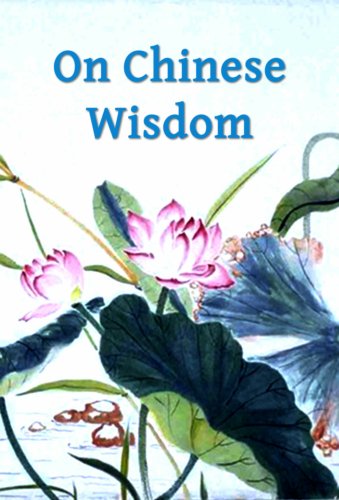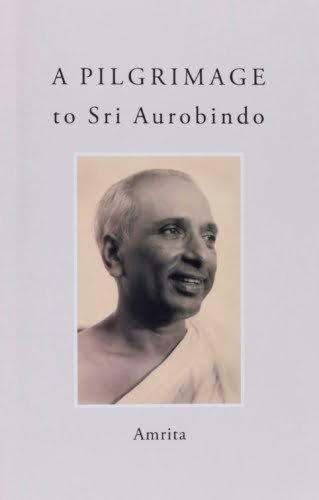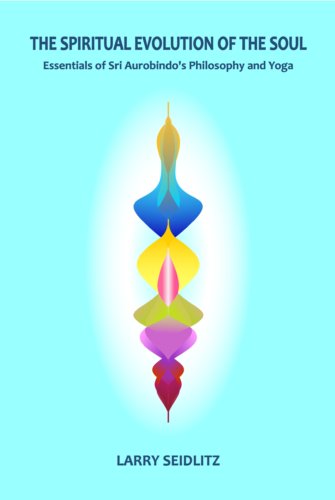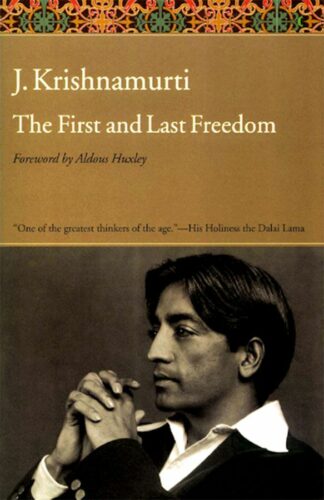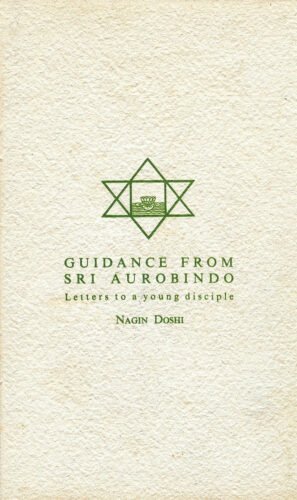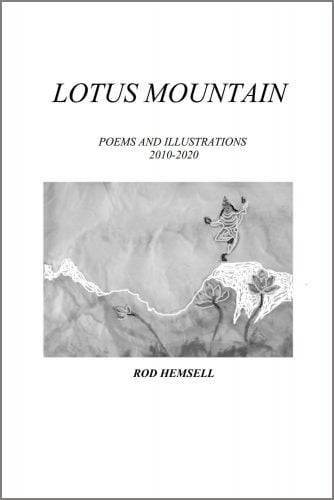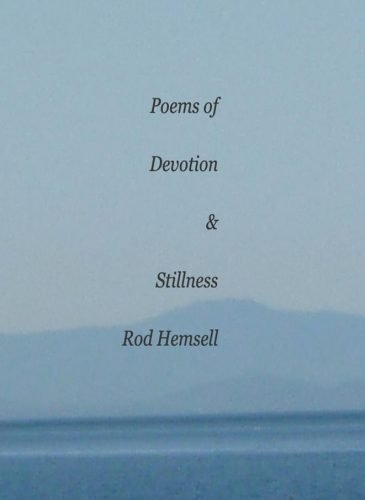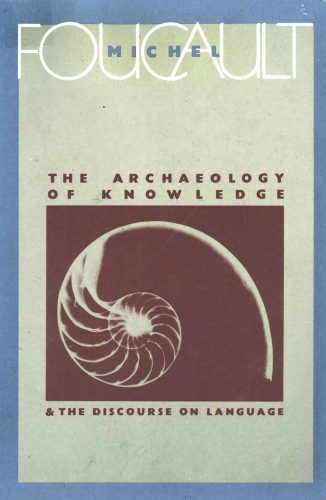Healing Experiences
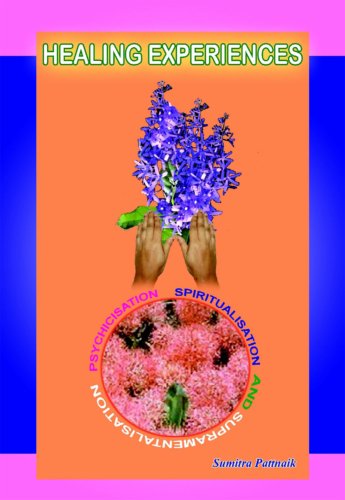
Healing Experiences
This book deals with the healing by different Alternative medicine therapies along with presenting a few case studies and combines the author’s experiences with Sri Aurobindo’s yoga of transformation ( both the physical body and the earth ). It narrates about the three stages of the matter in three separate sections through Psychicisation, Spiritualisation and Supramentalisation. Especially the joining of the spiritualism with science is a very rare factor for the younger enthusiastic mass. The synthesis of the old traditional yoga and the modern integral yoga opens a new angle for the spiritual seekers. And the inquisitive research persons can also find out a way to know about cell transmutation from Quantum Physics and Medical Science, which reveals the secrets of physical transformation as well as the immortal cells. The most uncommon thing is the ‘psychic discovery within the physical body’, which tells about the soul’s presence within the body described as ‘chaitya purusha’ in Veda and interpreted as psychic being by Sri Aurobindo. How in Pondicherry ashram The Mother and Sri Aurobindo were united to do this work and left their bodies there too is an additional attraction. This book is really a masterpiece.

